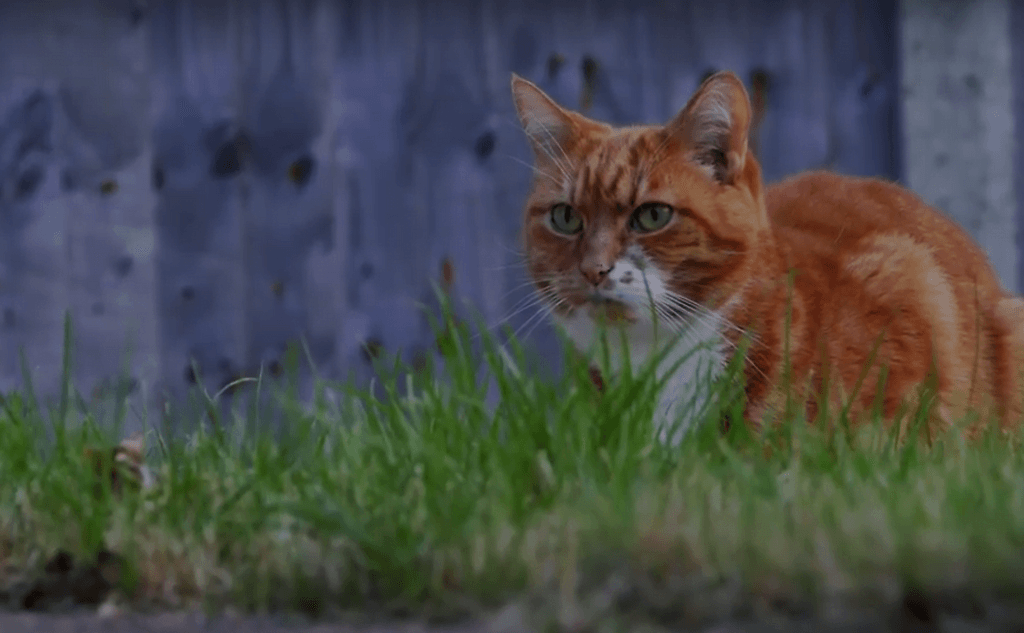Everything to Know About Feral Cats

A feral cat is simply a relative of domestic cats with one important difference-a lack of bonding and interaction with humans. A feral cat can be born right in the middle of a city but without socialization and human interaction the animal must rely on those inborn instincts. If a ‘house cat’ is released into an outdoor environment and has a litter of kittens then the offspring may become feral cats if they are allowed to roam wild.
Several centuries ago cats were being placed on islands to act as a form of ‘natural pest control.’ It was hoped that these animals would keep the population of mice, rabbits, rats and squirrels in check. Unfortunately it was discovered that these felines would take advantage of their situation. Soon the animals were hunting and killing a variety of prey, including the indigenous animal species that were causing no problem for humans.
Biology
There is no biological difference between feral and domesticated cats. These are small mammals that are correctly classified as being obligate carnivores which means that they need the protein and amino acids derived from meat. A feral cat may have a documented weight of 6-12 pounds. They are opportunistic hunters with a high prey drive and keen survival instincts.
Habitat
Feral cat colonies exist in many areas of the world, from islands to city parks in the midst of major cities. Their environment may be a back alley, an abandoned house, a neighborhood park or a junkyard.
Many of these animals are descendants of domesticated cats that were abandoned, lost or otherwise cast aside by human owners. It does not take very long for feral behavior to develop; and some cats revert to their natural instincts more readily than others. Although almost all cats enjoy hunting birds, rodents and other small animals a feral cat colony can quickly wreak devastation and havoc with their instinctive hunting drive.
When there is a colony (or community) of feral cats the correct term is ‘clowder.’ Most clowders contain 5-10 cats, but there may be as few as 3 or as many as 20 cats in a specific feral colony. These animals have formed communal bonds and live, sleep and hunt together.
Any clowder will only have a limited number of mature males as these animals will fight over females, territorial dominance and food. As the majority of feral cats are neither spayed nor neutered it is common for dominance issues to arise on a daily basis.
Feral cats are notoriously aggressive, especially when a human tries to approach them. These animals will usually run and hide in order to avoid any chance of capture, but spitting, growling, biting, clawing and hissing are instinctive self-defense mechanisms that the cats will use if they feel threatened.
Life Cycle and Reproduction
Feral cats are believed to live an average of 4-5 years in the wild. Some may live for as long as 8-9 years, but the mortality rate is very high in these cat communities. Cats can attain sexual maturity at 6-9 months of age and a female is able to produce several litters of kittens in a single year. Promiscuous behavior is rampant and many of these animals will transmit a ‘feline-specific’ virus that is similar to HIV.
Kittens are cared for by their mothers until they are 6-8 weeks of age. The mothers will teach them how to hunt for prey and other survival skills. By the time a kitten is 3-4 months old it will be well able to live on its own.
Diseases
Fleas and ticks are common in feral cat colonies. These insects will generate a number of transmittable diseases that can be passed from cats to humans. Rabies is a serious consideration since these animals are rarely inoculated against this contagious disease. The bite of a feral cat could present a major problem for other animals as well as humans.
These cats can transmit coccidial and giardial infections and may even be vectors for parasitic worms. Another very common disease passed from feral cats to humans is the fungal disease known as ‘ringworm’.
Nuisance Issues
Feral cats are known to spread diseases among both human and animal population, but these cats also cause problems in other ways. While on the prowl for food it is not unusual for these animals to upset garbage cans and leave a messy yard in their wake. Feral cats are loud, vocal and annoying, especially if they are participating in mating rituals or fights. These animals have decimated local bird populations and have even drastically lowered the number of native frogs and other amphibians in certain cities.
